The Smith Meter Company-Los Angeles, California
This is the fourth in a series of articles highlighting the engineering career of Reuben Stanley Smith, founder of Smith Precision Products Company in 1938. Previous articles can be accessed to the right under Recent News Posts or News Archives. Previous articles are Pioneering Advancements in Welding, World’s First Construction Assembly Line-The Mechanical Marvel and The Smith Motor Wheel-A Restoration From The Heart.
The Smith Meter Company – Los Angeles, California
Reuben Stanley Smith, founder of Smith Precision Products Company (1938), began his career with the A.O. Smith Company in Milwaukee, Wisconsin, in 1909. His early engineering work for the Company involved a series of patents filed for electrically heated steering wheels, an electric hammer, and ball bearings. In 1912 he was responsible for developing the Smith Milwaukee Motor Truck, a heavy duty truck with many innovative features which was manufactured by the A.O. Smith Company through 1915. By 1914, Reuben Stanley Smith was the Chief Engineer of the Company and filed a series of patents covering the Smith Motor Wheel (see “The Smith Motorwheel-A Restoration from the Heart” article posted on this site) and one of the first pressed-steel automobile wheels. Leading up to and including the war years (WWI), Reuben filed patents for the paper-coated welding electrode and various arc welding machines (see “Pioneering Advancements in Welding” article posted on this site). At the same time, Reuben Stanley Smith and a team of dedicated engineers designed and developed the Mechanical Marvel (see “Worlds First Automated Construction Assembly Line-The Mechanical Marvel” article posted on this site).
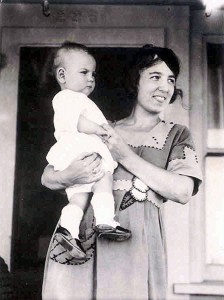
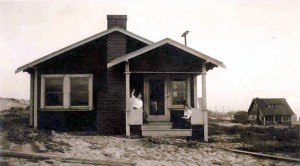
Reuben Stanley Smith’s work on the Mechanical Marvel was perhaps the most important of his career with the A.O. Smith Corporation. However, long days and sleepless nights eventually took their toll. By the time the Mechanical Marvel went into operation, Reuben was married and had a very young son, Lawrence.
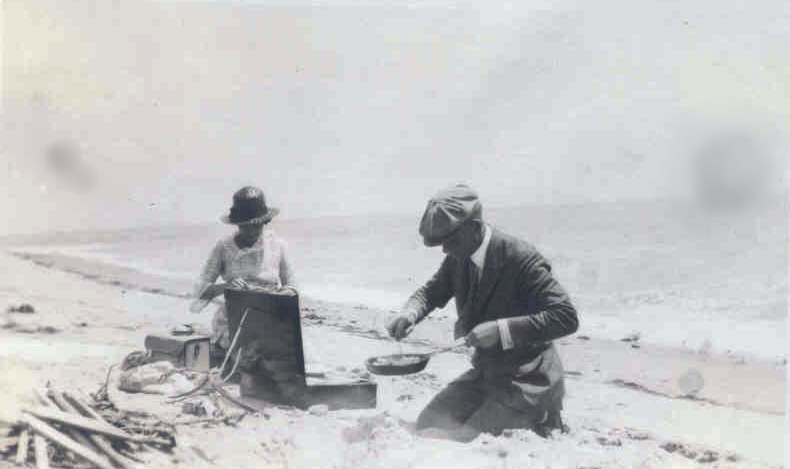
Letting His Hair Down- The Beach Life
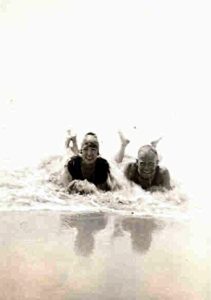
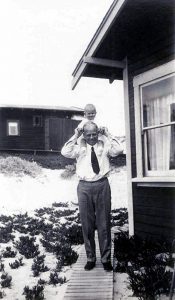
Reuben’s wife was from Los Angeles, California where Reuben’s immediate family also lived (Reuben’s father Alonzo moved the family to Los Angeles from Milwaukee at the turn of the century). Reuben rationalized that his work on the Mechanical Marvel was complete and since no future projects were on the horizon at A.O. Smith, and he was mentally and physically fatigued, he decided to leave Milwaukee for the sunny southern coast of California and the comfort of his immediate family. He purchased a beach cottage at Hermosa Beach and “let his hair down” for a while, at the same time having two more children.
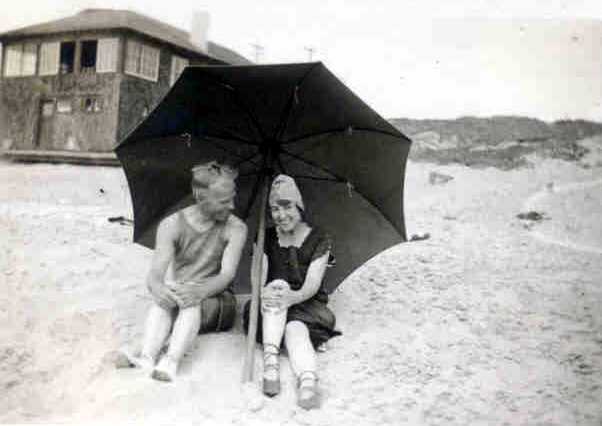
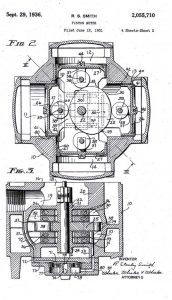
Disaster struck when the stock market crashed in 1929. At the time, Reuben was designing meters for petroleum products and just started the Smith Meter Company in Los Angeles. He was having difficulty financing materials purchases and struggling to make sales in depressed markets.
First Patented Meter
In 1931, Reuben developed a four piston meter for gasoline transfer. Charles Wright, the president of the Badger Meter Company in Milwaukee, took an interest in this meter (Charles Wright was married to one of Reuben’s first cousins; a daughter of A.O. Smith) and agreed to purchase the patent rights.
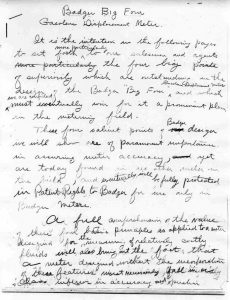
Reuben called this meter the “Badger Big Four”. According to Reuben, the meter had four distinct advantages other meters being produced at the time did not enjoy. The pistons were balanced, there was no variation in the piston stroke, the valves within the meter were leak-tight, and it utilized a cam to eliminate meter “sticking”.
Reuben Makes A Breakthrough
Not too long after the development of the Badger Big Four meter, Reuben came up with a remarkable new meter design that he was very excited about. But, he did not have the funds required to further his research or to even manufacture it. He decided to contact his first cousin (L.R. Smith, president of the A.O. Smith Corporation) whom he had a long and meaningful relationship with when he worked for the A.O. Smith Corporation in Milwaukee.
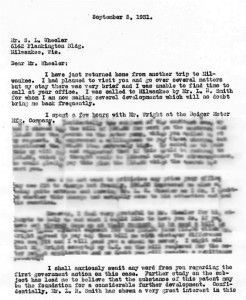
L.R. Smith took a very keen interest in Reuben’s meter work and loaned him the necessary funds so further research and development could be made. Reuben made several trips from Los Angeles to Milwaukee in the early 30’s to conference with L.R. He was exceedingly grateful for L.R.’s involvement and willingness to keep his dream alive.
By 1933, Reuben’s fledgling meter company was producing meters to a point where these sales could barely support his family. It was a difficult environment that most companies were dealing with during the Depression, especially those that had little history or previous credit experiences with the banks. Reuben’s young company was required to “pay its own way.”
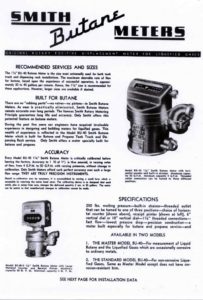
Reuben continued to work on innovative meter designs and to gather valuable experience from the oil fields in Los Angeles. He began networking with engineers specializing in various refined fuels including a rather new and unique liquefied gas called Butane. He produced one of the first meters for Butane at the time which was purposely built for this liquefied gas. He called the new meter the BU-40.
In 1934, Reuben filed two patents. One was a continuation of a previously filed patent in 1933 (2,207,182) and the other was considered as a division of that same patent (2,207,274). Patent 2,207,182 included 50 pages and 47 claims. The divisional patent 2,207,274 added an additional 15 pages and 18 claims.
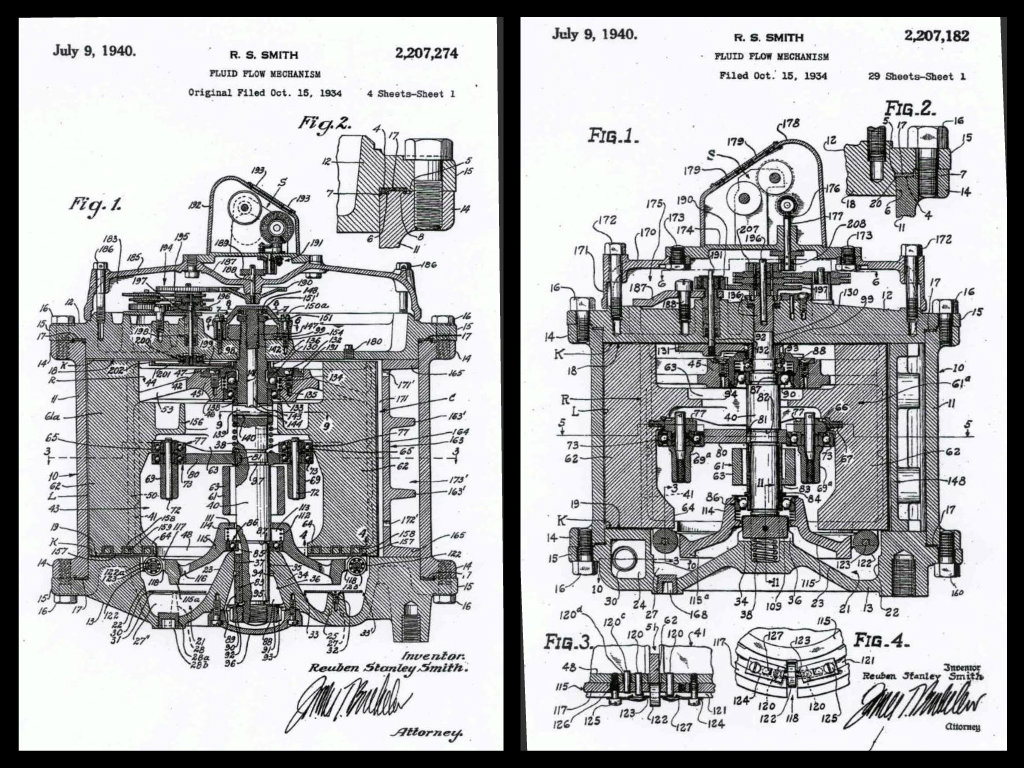
Little did Reuben know, these patents would form the foundation for one of the most famous meters ever produced for custody transfer of refined fuels, to be later known in the industry as the “Smith Meter”. A patent was filed in 1937 and eventually issued as 2,263,145. This meter was the culmination of Reuben Stanley Smith’s meter design and development work.
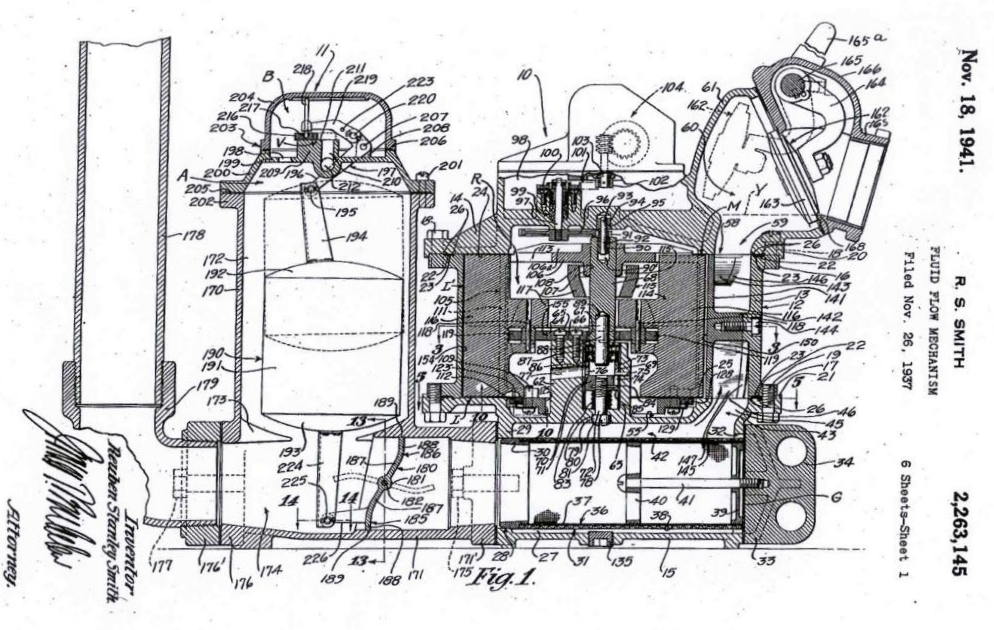
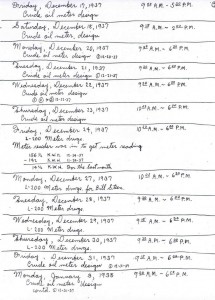
Other designs followed. An ingenious counter mechanism was designed along with a faucet valve and air eliminator.
Reuben Sells The Smith Meter Company
By 1937, Reuben was becoming interested in pumps and other designs. In his mind, his work with meters reached a culmination with the design of the Smith Meter and he believed it was time to invest his talents in another direction. L.R. Smith expressed an interest in his small meter company and Reuben knew the A.O. Smith Corporation, with its resources, could manufacture meters in great numbers and would continue to develop the product range. Reuben opted to sell the company.
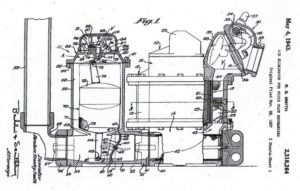
On May 28, 1937, Reuben entered into an agreement with L.R. Smith to sell the Smith Meter Company. L.R.’s timely loan was repaid from the proceeds of the sale.
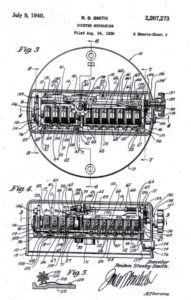
The A.O. Smith Corporation operated the Smith Meter Company as a division in Los Angeles through 1958 (Reuben’s Smith Meter Company was incorporated during the sale with assets from it transferred to the newly incorporated entity owned by the A.O. Smith Corporation). In that year (1958), the Company purchased Erie Meter Systems and merged the operation with the Smith Meter Division.
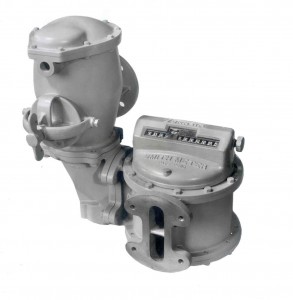
Manufacturing was consolidated in Erie, Pennsylvania. In 1976, the consolidated entity was sold to Geosource and in 1978 the name was changed to Flow Measurement and Control Division of Geosource. Moorco International purchased the Flow Measurement and Control Division and changed the name to Smith Meter Inc., a Moorco Company, in 1984.
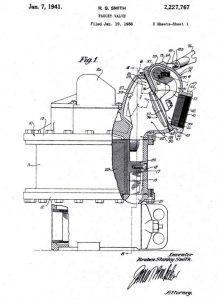
In 1995, this company was purchased by FMC, the current supplier of the Smith Meter.
Reuben continued to produce meter drawings after he sold the Smith Meter Company to the A.O. Smith Corporation in 1937. This work continued through 1938 at 1135 Mission St, South Pasadena, California, which would become the new premises for his next endeavor.
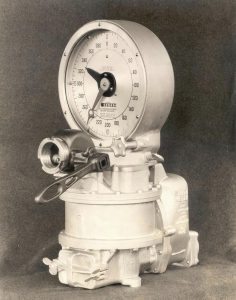
In 1937, at the close of the sale of Reuben’s company to the A.O. Smith Corporation, J.J. Stamm, the Treasurer of the A.O. Smith Corporation and long-time friend of Reuben’s, admonished him in a letter to use the money from the sale wisely.
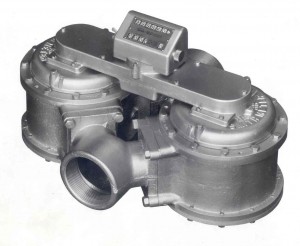
The next year, Reuben invested those funds and founded Smith Precision Products Company, his new endeavor, now celebrating its 75th anniversary.
Website article author: Walter W. Smith
Website article editor: Paulina Alfaro
